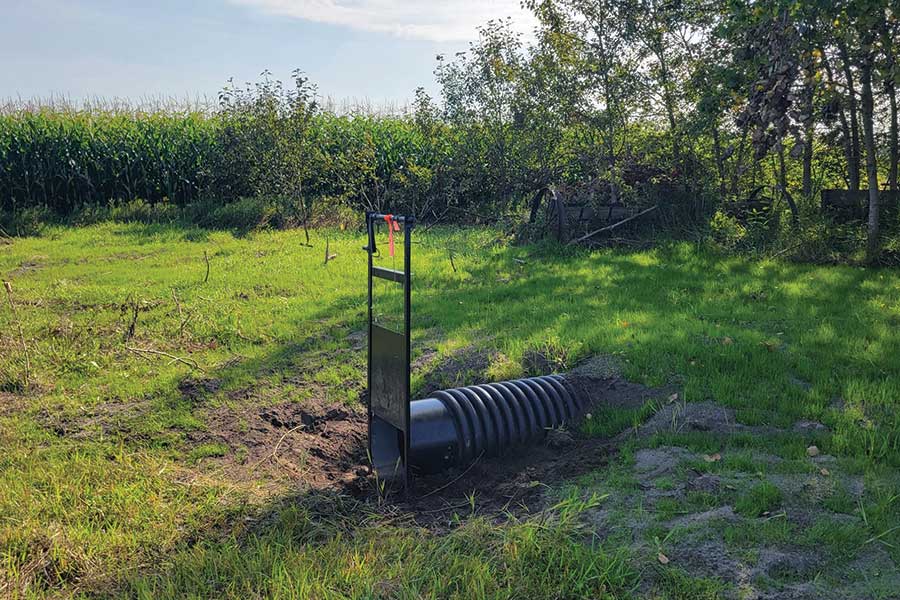The Redboine Watershed District says 2025 has been one of its most productive years yet, as staff worked alongside farmers and landowners to improve water retention, reduce erosion, and strengthen the health of local landscapes.
Project Manager Jennifer Hunnie said the district continues to receive applications on a weekly basis, keeping its list of initiatives expanding.

“We have a wide range of upcoming projects, including water retention systems, stream crossings, erosion control, riparian restoration, grassed waterways, and more,” Hunnie said. “We continue to receive new applications on a weekly basis, so our project list is always growing.”
While there is no single focus area, the district’s work generally centres on long-term land and water management. Projects typically address core issues such as landscape stabilization, improved water quality, and reducing flooding and erosion pressures.
“There isn’t one single priority area, as each project has its own unique needs,” Hunnie said. “That said, most of our work addresses core land and water management issues. This often means stabilizing landscapes, improving water quality, and supporting practices that reduce flooding and erosion while improving long-term resilience across the watershed.”
Hunnie emphasized that producers hesitant to get involved should explore the benefits of participating. Funding opportunities are available for a wide variety of projects, and district staff are happy to visit farms, discuss goals, and identify options that could benefit both the operation and the watershed.
“There’s very little risk and significant potential reward in applying,” she said. “Even if you’re unsure whether your idea qualifies, we encourage you to reach out.”
Some of the benefits of completed projects are already visible. In the Rural Municipality of Dufferin, the district partnered with farmer Charles Fouasse after severe erosion affected his field. Crews reshaped and seeded a grassed run to safely carry overflow into a vegetated outlet.
“By putting these systems in place, we’re able to slow down the flow of water, settle out sediment and give the soil a chance to stabilize,” said Angie Smith, administrator of the district. “It’s a win both for the landowner and for the watershed as a whole.”
Another project focused on runoff management on Ian Hamilton’s pasture, where a reclaimed shale pit released water too quickly in the spring. The district built a small retention structure that now holds and slowly releases water, easing pressure on a nearby municipal road while also providing livestock with a summer water source.
Smith said the work demonstrates how watershed management can serve multiple purposes.
“In Hamilton’s case, the retention structure not only protects infrastructure but also improves groundwater recharge, enhances soil moisture, and helps his cattle operation,” she said.
In the Morris Norquay Sub-District, farmer Alan Richardson installed a gated culvert to regulate wetland water levels, while Gerald Wildfang began a two-stage project to manage seasonal water accumulation with rock armouring and wetland adjustments.
The district has also introduced windbreak panels for cattle producers, helping wintering herds on pasture while reducing congestion in farmyards.
Hunnie highlighted that the district not only responds to applications but also proactively monitors the watershed. When possible, staff identify areas where projects could make a significant difference, ensuring the work has both immediate and long-term benefits.
Smith said the scope of projects reflects the district’s priorities heading into fall.
“Our focus is on building resilience — whether that’s reducing flooding, slowing erosion, or enhancing water resources,” she said. “Every project is about finding practical solutions that work for both farmers and the environment.”
The Redboine Watershed District expects more initiatives to roll out in the coming months as it continues to work with landowners across southern Manitoba.
